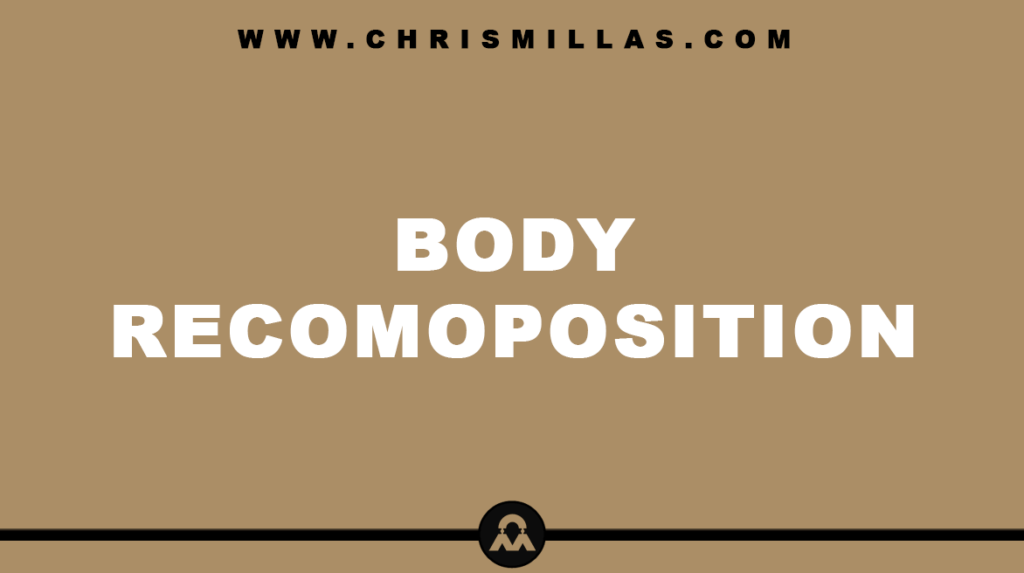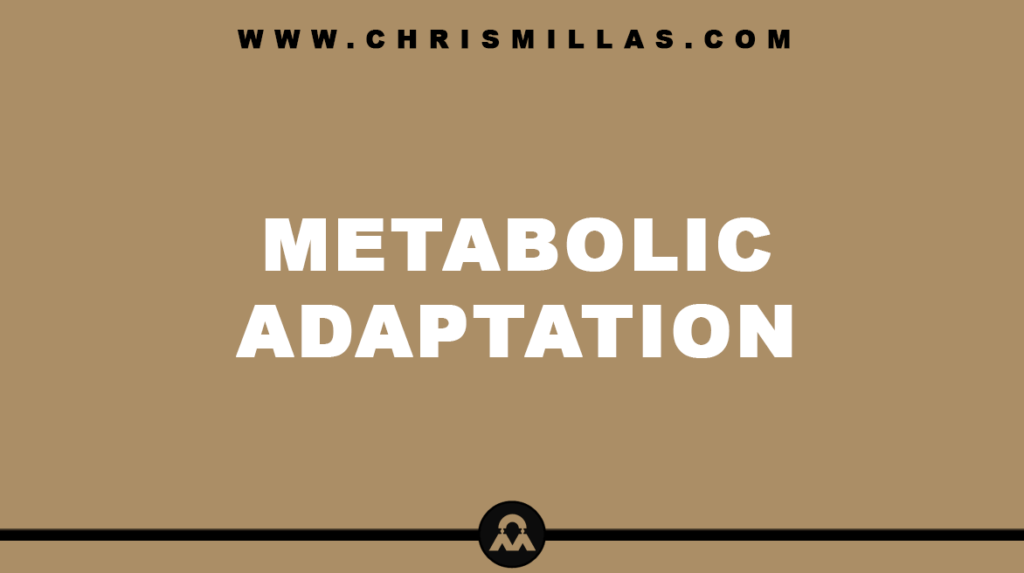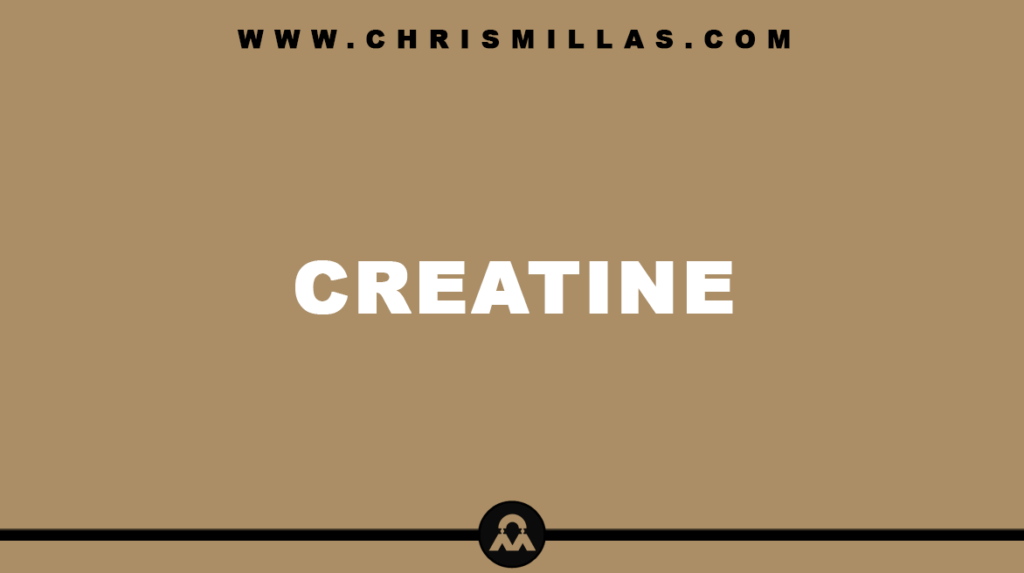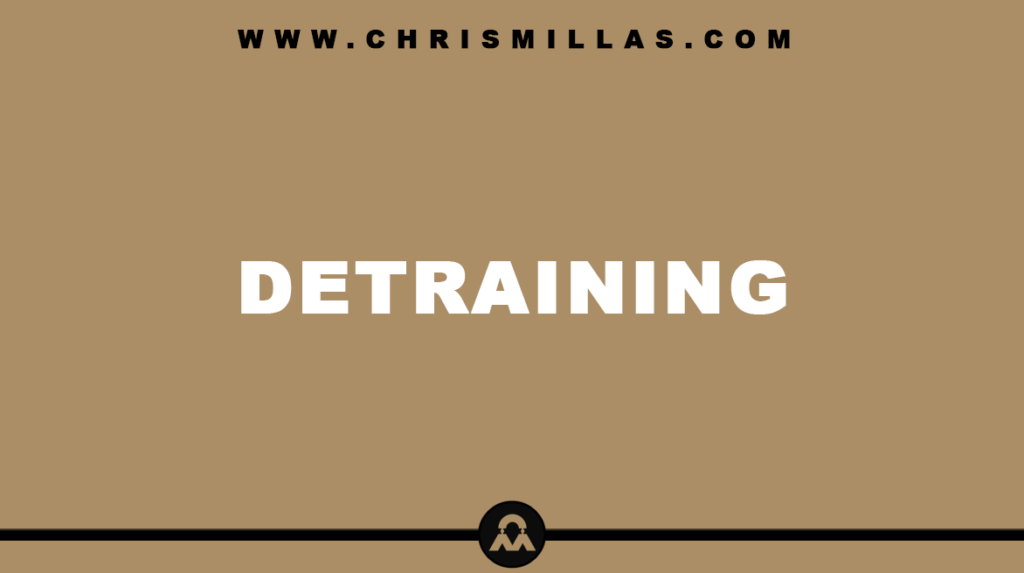In this post, we’ll unpack all you need to know about body recomposition, defining exactly what it is, the science behind how it works, who it’s best suited for it, how to achieve it and more.
What Is Body Recomposition?
Body recomposition is a fitness approach focused on simultaneously losing fat and gaining muscle, rather than prioritising one over the other.
Is Body Recomposition Possible?
Studies suggest that with the right combination of diet, exercise and lifestyle changes, it is indeed possible to achieve both goals of losing fat and gaining muscle at the same time.
The Science Behind How Body Recomposition Works
Body recomposition involves altering the ratio of fat and muscle by losing fat and gaining muscle.
This is achieved through a balance of intense weight training in order to stimulate muscle growth, a protein-rich diet in order to build muscle and a calorie-controlled diet in order to lose fat.
Hormonal responses and metabolic adaptations play key roles in this process.
Who Is Best Suited For Body Recomposition?
There are three main groups of people who are best suited for body recomposition; those who are beginners, those who are detrained and those who haven’t optimised their training program are more likely to see significant changes in both fat loss and muscle gain simultaneously.
However, research shows that even experienced athletes can benefit from a body recomposition approach, though their progress might be more gradual and nuanced.
It’s important to note that individuals who want to lose fat and gain muscle must have a minimum of roughly 15% body fat for men and 22% body fat for women.
How To Successfully Achieve Body Recomposition Works
In order to successfully lose fat and gain muscle at the same time, there are three areas you must focus on; training, nutrition and recovery.
Training
Training is key for providing your muscles with the stimulus they need to tear.
The body is an adaptation machine. Consequently, you must progressively make your muscles work harder ― known as progressive overload. This can be done by either progressively increasing the weight, the number of reps or the number of sets compared to the previous workout.
Resistance training causes microscopic damage to your muscle fibers, which triggers the reparative process termed muscle protein synthesis, in which the damaged fibers are repaired and built back stronger than before. Only when the rate of muscle protein synthesis exceeds the rate of muscle breakdown, muscle growth occurs.
As a general rule, training sessions should last around one hour. It is not hormonally helpful to train longer than an hour.
Nutrition
Nutrition is key for providing your muscles with the nutrients they need to repair.
While training breaks down muscle tissue and recovery rebuilds that tissue bigger and stronger, your body can’t create that new muscle tissue out of nothing. In order to develop muscle, you have to have the right nutrients in your body. This means that what you eat and how much you eat is essential.
Nutrition includes diet, supplementation and hydration. It is highly individualised. Therefore, ultimately, the best diet is the one that works best for you.
In order to lose fat and gain muscle at the same time, you must be in a calorie deficit. Studies suggest that a deficit between 200-300 calories is best in order to optimise body recomposition.
High protein consumption is also crucial. Studies suggest that consuming between 1.8-2g of protein per kg of body fat will maximise muscle growth potential.
Recovery
Recovery is key for providing your muscles with the rest they need to grow.
Research indicates that 90% of muscle repair and growth occurs during sleep. In fact, research shows that sleep deprivation directly inhibits muscle growth and can even cause muscle loss.
Studies suggest the optimum amount of sleep is between 8 and 9 hours.
How Long Should You Body Recomposition For?
The duration of body recomposition varies for each individual and can typically range from several months to a year.
Ultimately it depends on factors such as starting fitness level, goals and adherence to training and diet. Thus, it is important to continually reassess your progress so you can refine your strategy as needed.
Summary (TL;DR)
Body recomposition refers to the process of simultaneously losing fat loss and gaining muscle.
Body recomposition is a strategy most suitable for those who are beginners, those who are detrained and those who haven’t optimised their training program.
The three areas individuals must focus on to successfully achieve body recomposition are training, nutrition and recovery.







